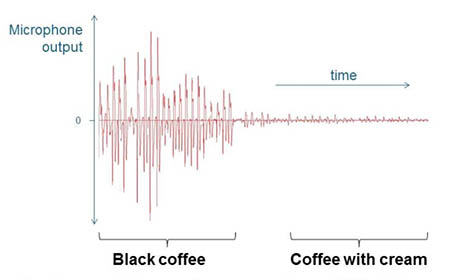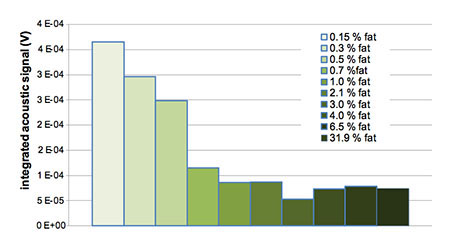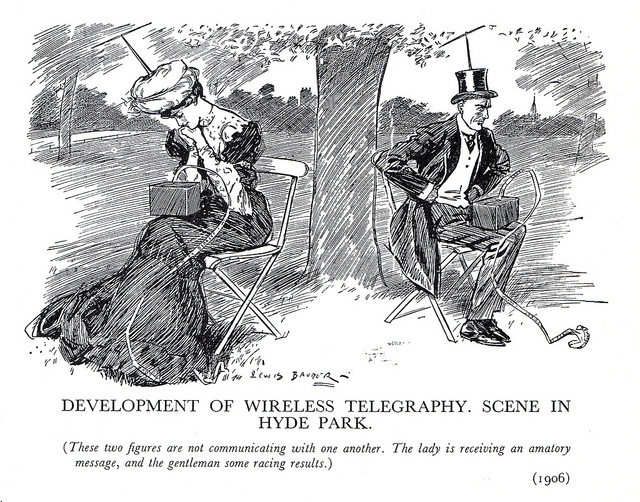As I discussed in a previous post, the blogosphere is atwitter (pun intended) about Jared Diamond’s new book The World before Yesterday. It seems his press agent got him some good publicity on NPR and National Geographic, both outlets which Anthropology PhDs apparently pay attention to. And guess what: Anthropologists don’t like The World Before Yesterday; check out the comment streams at SavageMinds.Org, anthropologyreport.com, or any number of other anthropology blogs. As many of the anthropological critiques point out, there are big problems with the way Diamond uses anthropological data. My opinion: So what? Lots of people use and misuse anthropology data–the Bush administration even used some of it it to invade Iraq and other countries. More importantly though, anthropology has many better books about anthropology. In fact, as something of a mental exercise, this sociologist tried to imagine the books he would use in an Introductory Anthropology (Four Fields) course. Guess what again? Jared Diamond didn’t make the list because, well, he is a Geographer and Ecologist. These are great fields, but they are not anthropology, so out he goes.
Fair warning: I avoid textbooks. In my view, anthropology is best understood through real books. Real books, in which 19 years olds are asked to read the whole thing. Not textbooks, and not books with chapters, but books in which one (or maybe two) authors flesh out an important intellectual idea.
Anyway, here are the books I would use in my Intro to Anthropology (Four Fields) course.
1) Nigel Barley, The Innocent Anthropologist. This book goes first in the class, and will hook the students in. It is an empathetic take on fieldwork, bureaucracy, and the differences between academic life, rural Cameroon, and the delights/frustrations of learning a new language. It is also easy to read, and an outstanding introduction to what ethnographers do in the field. Once they get started on the book, students tend to finish it, too; it is a page-turner which they will read through to the end without much prompting from annoying little quizzes.
2) Carol Stack, All Our Kin. This book is a field work classic (not “dated”) about public housing policies, kinship patterns, race, and family in 1960s Chicago. Again, it is easy to read. And although it is not a knee slapper like The Innocent Anthropologist, my experience with Stack’s book is that students find it thought provoking, and have little trouble pushing through to the final pages. It also has the advantage that it is about a US American culture which many middle class students are aware of only via stereotypes. Stack dispose of these stereotypes in a nuanced description of how poverty and family looks from the inside. Hers is a classical empathetic ethnographic view which resonates today. Usually it gets a lot of “Oh, now I see what poverty does about…” moments from students who before reading the book were stuck in stereotypes..
3) Stephen Le Blanc, Constant Battles. This book is written by an archaeologist, and like takes a “big picture” view of anthropology and culture, and why the archaeological record says that violence is an important part of the human past. LeBlanc also writes about how anthropologists understand the built environment, which in LeBlanc’s view has involved a lot more fighting, fear, and fortresses than students are accustomed to. Likewise, LeBlanc’s description of the ecology of the pre-historic Southwest USA is excellent, and students will be attracted to his descriptions of excavations done in the cliff dwellings there. Constant Battles is a little more difficult to read than the first two books, but still very accessible to a 19 year old who shows up to class to hear an anthropologist’s background lectures.
4) Jonathan Marks, What it Means to be 98% Chimpanzee. Molecular Anthropology at its best! The answer to Marks’ answer to the question posed by the title of this book is of course: “not much;” Marks’ book is about culture rather than molecules, and especially it is about the culture of science which worships at the altar of biological reductionism. Thus this book is about DNA, the philosophy of science, and the misuses of evolutionary theory in popular (and not so popular) science. The book challenges received wisdom on the relationships between evolution and culture, and the methods of the natural scientists who, Marks bluntly points out, are nasty reductionists with cultural and political blinders. Marks also has a great discussion about Kennewick man, and other ethical controversies which the better students will appreciate. This book is above the heads of the average 19 year olds unversed in the vagaries of DNA and the philosophy of science. But this should just meant that the professor works a little harder to keep things as relevant as possible. Notably, it is also a good challenge for the better students.
5) Mischa Berzinski, Field Work: A Novel. Ok, it’s a novel, but it’s a good novel, and the main character is an anthropologist. It’s also about an area of the world (Thailand) that I know well, and provides a good description of the power of animism and Christianity in Buddhist Thailand from an anthropological viewpoint. (Lots of chances to discuss Durkheim on religion here!) Field Work also has the strength that it critiques the Department of Anthropology at UC Berkeley, and the world of the Grateful Dead. Still the best parts are about Thailand, Southeastern Asia, the difficulties of field work, and language. There are also long descriptions of highland agricultural cycles, marriage, sexuality, crime, modern Thailand, and a wide range of subjects that engage students. You can also point out that Thailand has cheap Study Abroad programs for anyone you’ve infected with the anthropological bug. Finally, the book is a “whodunit?” and you don’t find out who did the murder until the very end. The mystery will keep the 19 year olds reading through the more dense descriptions of highland life, even at the end of a long semester.
Notice that 4/5 of these books are by anthropologists, and the other one is a novel about—an anthropologist. The hole in this syllabus for a “four fields” course is in Linguistic Anthropology, and the importance of language learning. These subjects though are found in both Barley’s and Berlinski’s book. Plus the instructor (that’s you Dr. Anthropology) is there to relate their own fantastic tales about language learning troubles, and the vagaries of language change.
So, to return to my main point, which is about the irrelevancy of Jared Diamond for Anthropology. Like I said in the introduction to this essay, anthropology has plenty of good books to present, without worrying too much about other fields. So what if NPR and National Geographic don’t feature anthropology’s books—that’s their problem not anthropology’s. Look at what great books they are missing! Wouldn’t a sit-down with Nigel Barley work at least as good on NPR as with Jared Diamond?
Ok, I know, you say that there is no overview to tie the whole thing together, like an Intro text. And I say yes there is—the professor ties it together. That’s what anthropology professors do, and they do so in a way that let’s the students know that real live practicing anthropologist are engaged and interesting people. And of course how anthropologists do this is by pointing out the underlying theories of culture, etc., which unite the field. You, Dr. Anthropologist are what make great anthropology like that described here come alive for those Intro to Anthro students who frankly have never heard of Jared Diamond unless they have somehow landed in cultural geography class.
Hey, I don’t know about your students, but my sociology students don’t listen to NPR or watch National Geographic cultures—those are your hobbies you latte sipping, Volvo driving, middle aged New York Times reading anthropology PhD. And remember, in addition to the recreational time you spend with NPR and National Geographic anthropology is what you really do, and what give your life and those of your students meaning, in ways that no mass produced textbook (12th edition) ever will. Or even Jared Diamond.
So suck up the fact that Jared Diamond likes anthropology enough to cite it in his tomes, and go out and give ‘em anthropology books. It is an exciting and engaging field which stands on its own. In fact I’m so excited about it, that I am hoping to hear from some Dean from a small liberal arts college will read this, ignore my PhD in Sociology, and recruit me to come teach introductory to Anthropology course.
So Dr. Dean, I’m waiting, and if you are interested in my Cultural Anthro class, email me at twaters@csuchico.edu.



























 But all this seems forgotten now. Dama do Bling’s comparison to Lil Kim belongs to the past: “That was when I was young heheheheh. I’m a grown woman now… I must behave,” she
But all this seems forgotten now. Dama do Bling’s comparison to Lil Kim belongs to the past: “That was when I was young heheheheh. I’m a grown woman now… I must behave,” she 





